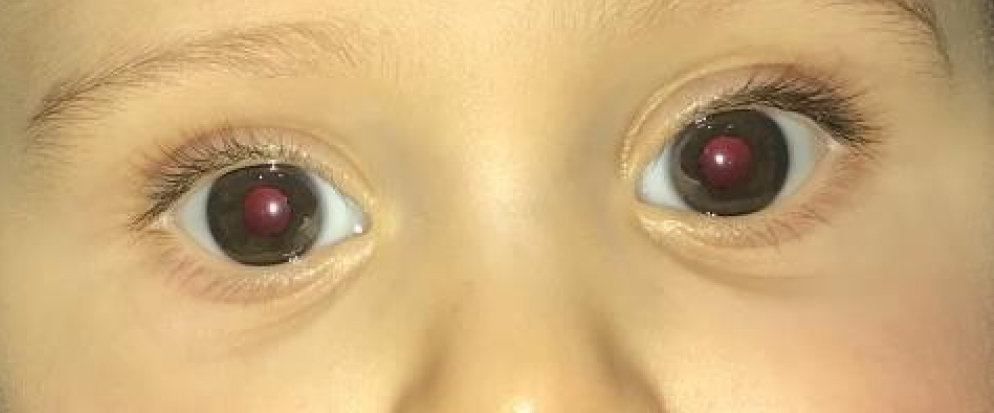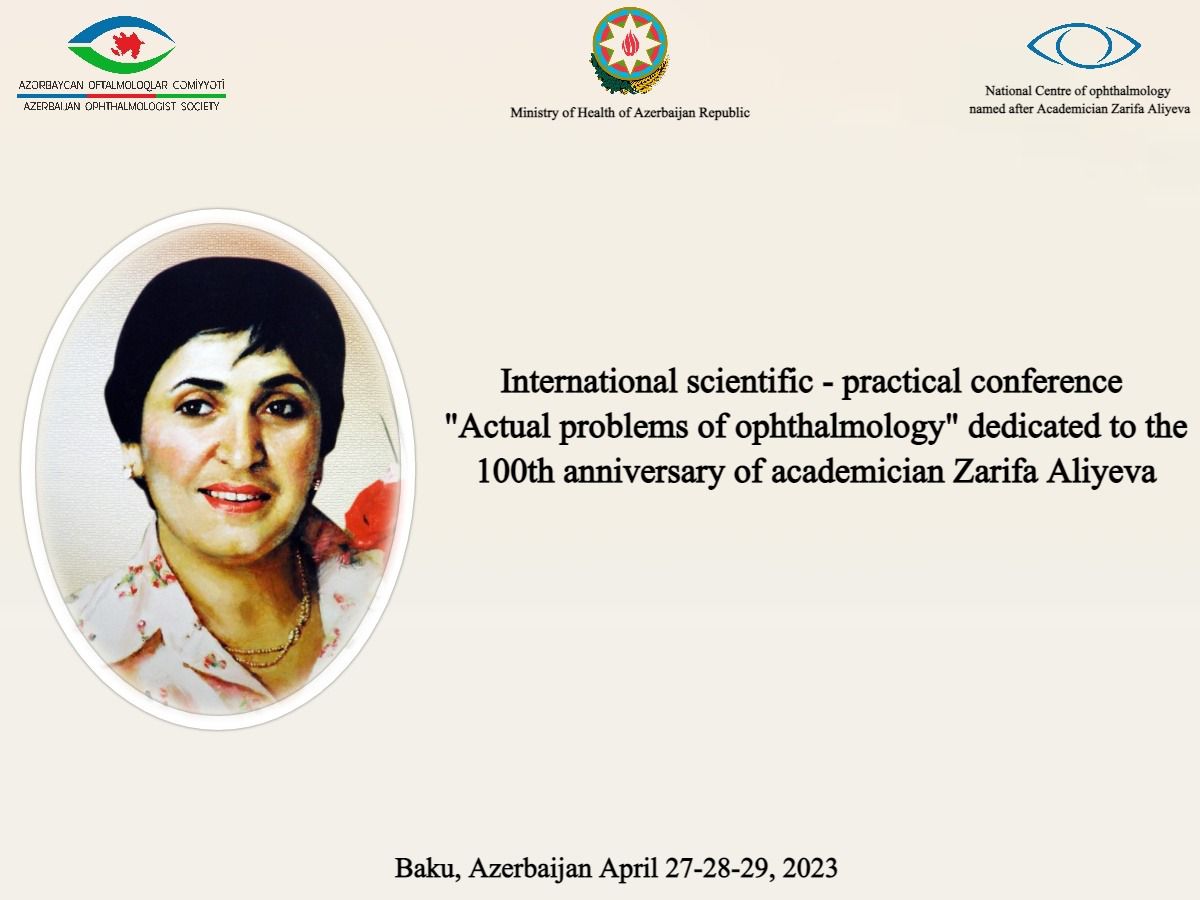Infantile exotropia - a case report
Abstract
Purpose: To determine whether early exotropia can be treated with glasses.
Methods: Case report A comprehensive ophthalmic examination was carried out in the following order: photorefraction using the Plusoptix A09photoscreener without cycloplegia, orthoptic examination with the prism alternative and cover test, anterior segment assessment using a slit lamp, a fundus examination, cycloplegic retinoscopy and an autorefractometer Sure sight. Results: A clinical case of a 3-month-old child with infantile exotropia is presented. The refraction was astigmatic with a degree of 1.25 diopter in the right eye and 1.75 diopter in the left eye.
Conclusion: One of the main causes of infantile exotropia is a minimal degree of anisometropia between the two eyes in the astigmatic component. In cases of infantile or early esotropia, the timely prescription of glasses with a minimum degree of the astigmatic component of anisometropia, taking into account 0.25 diopter, can lead to the disappearance of esotropia.





